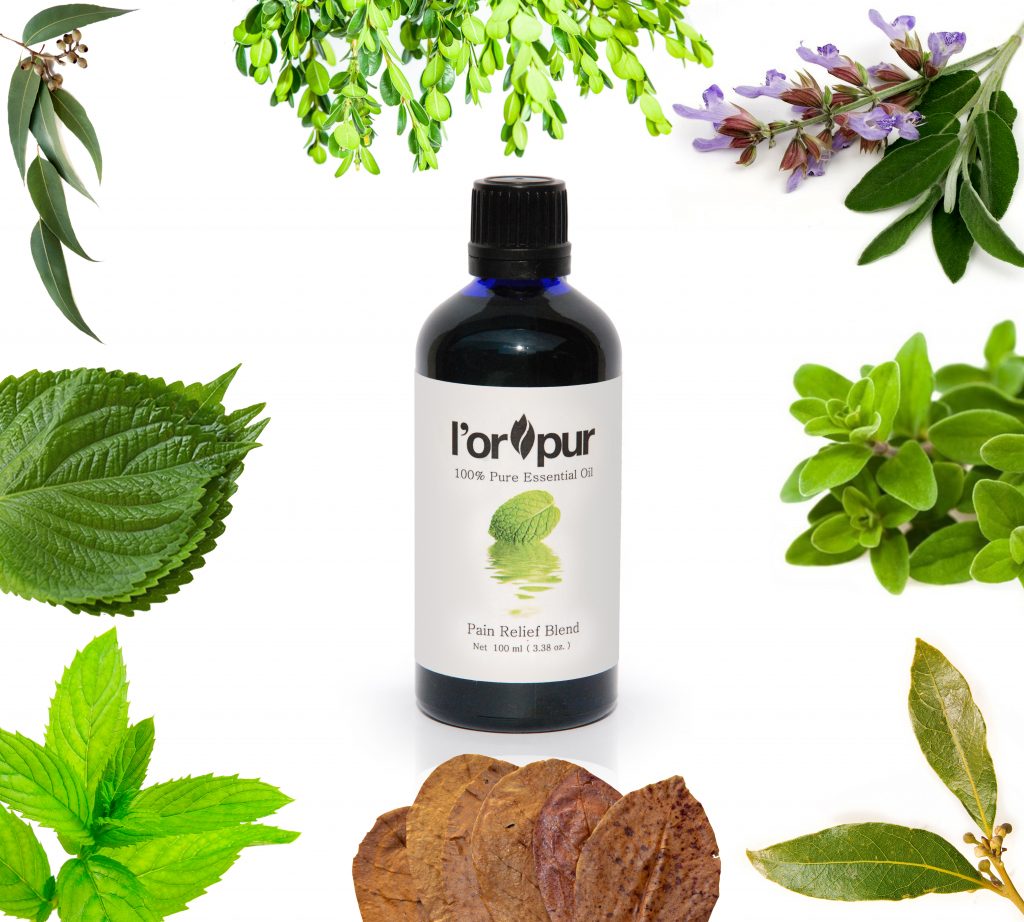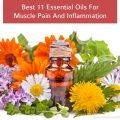
Prescription painkillers are forcing people into addiction and destroying lives. This is the reality of our world today. But what if there was a safer alternative?
You’re probably familiar with the current opioid epidemic. At this point, it is claiming more than 115 American lives every single day. But this isn’t just an American problem. The opioid epidemic is running rampant in all parts of the world.
In the United States, the number of opioids prescribed peaked in 2010 and decreased every year through 2015. But unfortunately, the Vital Signs report by the Centers for Disease Control and Prevention (CDC) tells us that doctors are still writing a large number of prescriptions.
There are many contributing factors, but this problem has one root: PAIN.
Why People Take Opioids For Pain

There’s one reason why people take opioids for pain. They work.
Opioids block pain by binding to opioid receptors in the brain and body. By doing this, they interfere with the brain’s ability to send messages of pain. They are typically prescribed for severe pain that typically doesn’t respond to other pain relievers.
The Problem With Opioids
Although they are effective for pain relief, opioids are highly addictive. As such, they should never be taken for chronic pain. When you take opioids over time, you’ll eventually build up a tolerance. This means that you’ll need higher doses to get the same effect. This is how people get addicted. This is how a successful businessman can transform into a homeless heroin addict.
It’s time to find safer alternatives.
Essential Oils For Pain Relief
You may be surprised to learn that essential oils can help manage chronic pain. In some cases, they may even address the root cause of the pain instead of just masking the pain.
Peppermint oil is a great example. It helps relieve pain and reduce the inflammation that causes pain. Similarly, lavender essential oil provides stress-busting relaxation effects while working to relieve the effects of headaches.
Those are two of the popular essential oils used for pain relief, but there are at least 8 more. Let’s explore them all.
10 Essential Oils For Pain Relief
The following essential oils are used to relieve pain. Some are more effective for specific types of pain, so be sure to read through each description before you use any essential oil to deal with pain.
1. Lavender
If you have any vial of essential oil in your cabinet, it’s probably Lavender. It is one of the most popular essential oils because of its sweet, floral aroma and relaxing properties.
When it comes to treating ailments, lavender oil is most commonly used to relieve migraine and tension headaches. Lavender has a mild sedative effect that helps relieve stress and encourage relaxation.
2. Peppermint
Peppermint essential oil is one of the first essential oils to be used medicinally. Its refreshing minty smell comes from the menthol contained within.
Peppermint oil is great for relieving pain that stem from the digestive system. Peppermint soothes the stomach and intestines and can help prevent spasms. Topically, peppermint can help relax muscles, reduce tension headaches and relieve symptoms of fibromyalgia.
3. Chamomile

Chamomile is another commonly used herb that you have surely come by. If not through essential oil, you’ve surely had chamomile tea to help you relax at the end of a long day.
The essential oil works much in the same way, but it’s very potent and concentrated compared to tea, so its effects are amplified.
There are two types of chamomile essential oils: Roman and German. Both are great pain relievers and are used to treat headaches and muscle and joint pains.
The Roman version is milder, whilst the German one is better at addressing inflammation. German chamomile has great anti-inflammatory properties due to the active compound chamazulene.
4. Eucalyptus
You have probably used eucalyptus essential oil for sinus congestion, but it also works well for pain relief. The same anti-inflammatory properties that help eucalyptus oil relieve sinus congestion also help relieve muscle pain. Eucalyptus oil is potent, so be sure to dilute it with a carrier oil before you apply it topically. Excellent for neck pain.
5. Juniper
This essential oil comes from the berries of the Juniper tree and is often used to treat painful conditions like hemorrhoids, colitis, and dysmenorrhea.
6. Rosemary
This popular herb can help enhance the memory, fight inflammation and works as an analgesic. In its herb form, it has an amazing flavor.
Inhale rosemary essential oil vapors to help relieve headaches or apply topically to reduce joint pain and muscle soreness.
7. Cayenne
Cayenne EO has great pain-relieving abilities. Its often used to treat severe pain, but it must be diluted prior to use due to its strength. If you’re using cayenne pepper to relieve pain, remember that a little goes a long way. Try 2-3 drops mixed with a tablespoon of carrier oil for back pain.
8. Wintergreen
Much like peppermint oil, wintergreen oil has excellent pain-relieving properties. Native Americans often used this plant and its oils in tribal medicine. It can be used to treat arthritis, muscle pain and nerve pain. Again, only use wintergreen topically and dilute it prior to use.
9. Ginger

The ability of Ginger EO to soothe the stomach are well-known, but it’s also highly effective at treating painful symptoms of autoimmune conditions, including multiple sclerosis, lupus, and rheumatoid arthritis.
10. Clove
Clove essential oil has potent anti-inflammatory, antibacterial, antiviral and antifungal properties, making it effective for a large variety of common health concerns including toothaches and yeast infections.
If used in its pure, undiluted form, clove oil can cause a burning sensation on the skin. So, remember to always dilute in a carrier oil prior to use.
Other Natural Remedies For Pain

If essential oils aren’t providing the level of pain relief you need (I highly doubt it), you can consider the following natural remedies:
- Turmeric – This powerful anti-inflammatory spice is part of the ginger family. You can cook with turmeric, take it in capsule form or make a tea with turmeric powder.
- Devil’s claw root – This herb has been studied for its potential to ease back pain. You can take it in supplement form but start with small doses because it can cause stomach upset.
- Capsaicin – Capsaicin is the active ingredient in chili peppers. Studies have shown that it is effective at relieving pain. You may use this remedy in cream or supplement form.
- Comfrey – Comfrey is a natural remedy that has proven to be effective against lower back pain, but you should never take it internally. Look for a skin cream that uses comfrey oil as an active ingredient to help relieve your pain.
- Stretching – If you have muscle pain, there’s a good chance that stretching will help. Be sure to stretch consistently before every workout to get the best outcome.
- Meditation – This natural remedy for pain won’t work immediately, but it can help you become more mindful over time. Clinical trials have shown that mindfulness meditation can help reduce pain by up to 90 percent.
Natural Remedies vs Opioids
Natural remedies can be highly effective against all types of pain, but they may not have the immediate numbing effect that you’d get from opioid pain relievers. Your choice to go the natural route over using prescription painkillers shouldn’t be based solely on which is more effective. Instead, you should weigh the pros and cons of each.
Natural Remedies
Pros of natural remedies for pain – There are few, if any, side effects of using natural remedies to relieve pain. Natural remedies also tend to be quite inexpensive, so the financial risk remains low. Natural remedies like essential oils are also non-addictive, so you can use them to relieve chronic pain over time. And some even address the root cause of the pain instead of just masking symptoms.
Ever considered L’orpur pain relief blend which is made of pure essential and carrier oils in a proprietary mix to ease muscle, joint and various other types of pain. Click here to read more.
Cons of using natural remedies for pain – There really aren’t any downsides to trying something natural before you opt for a prescription or an over-the-counter (OTC) pain reliever. You should know, though, that natural remedies have fewer studies to back them up and may not be quite as effective at relieving pain as opioids. Still, their non-addictive nature is enough for many people to choose this route.
Opioids
Pros of opioid painkillers – The only pro to opioids is that they are very effective at addressing pain sensations.
Cons of opioid painkillers – Your body will build up a tolerance to opioids rather quickly and you’ll need more to get the same pain-relieving effects. Before long, this can lead to a serious addiction that can ruin or claim your life. Recovery from opioid dependency is a long and difficult road and many don’t make it through. The biggest con of opioid painkillers is their likelihood of leading you to an early grave.
If you’re experiencing any type of pain, even if it feels intense, consider trying a natural remedy like essential oils first.








